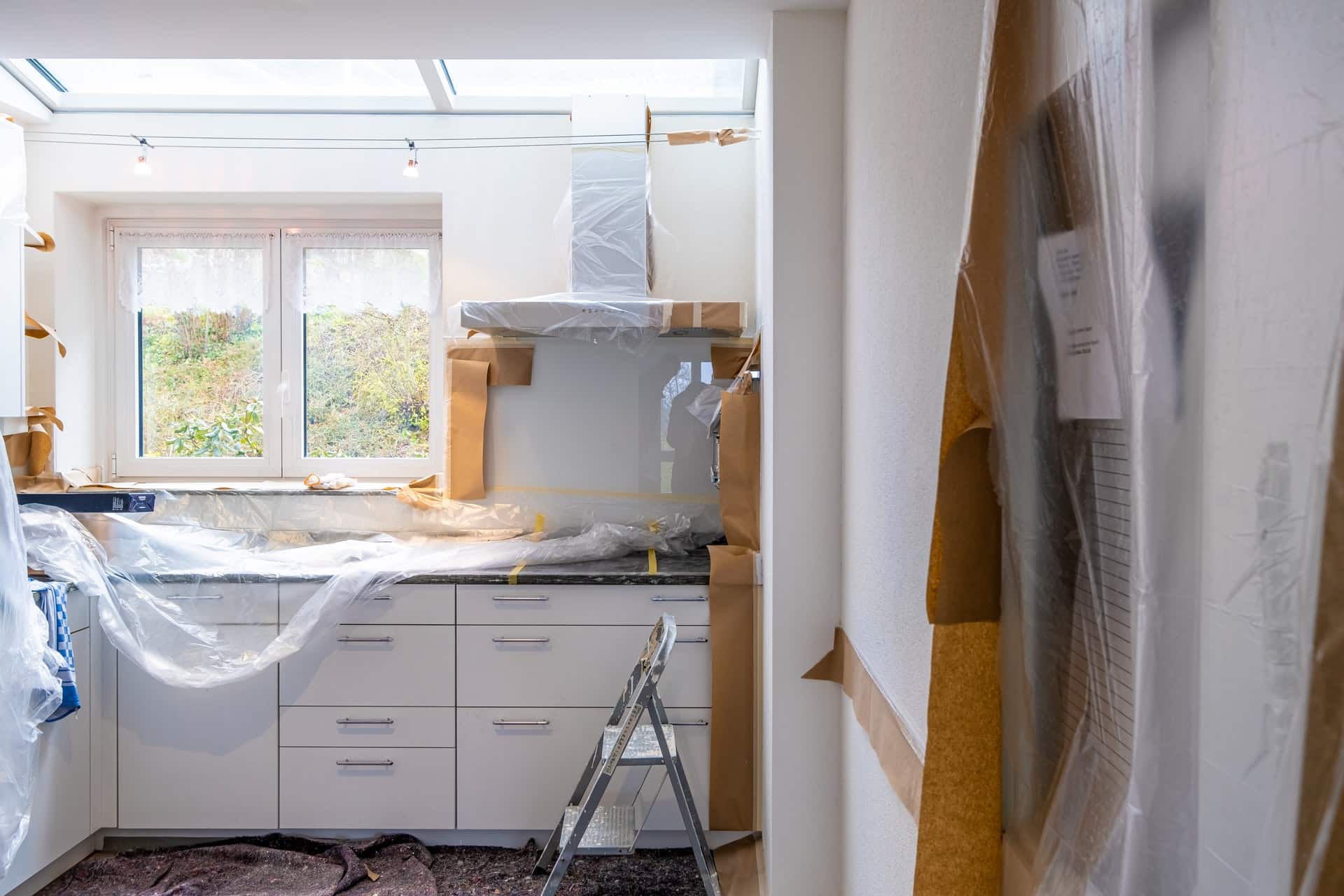

Recent stay-at-home protocols have enabled people to take a good look at the state of their homes and ignited an interest in giving them some improvements. In a 2020 survey, it was reported that 83 percent of homeowners wanted improvements so they could feel more comfortable spending time at home, while 62 percent said that they wanted to improve their home’s health and safety features.
It continues to be a growing trend in 2021, with many Americans investing in renovations for home offices, kitchens, and bathrooms. However, renovation projects can be costly and requires a significant amount of funds to complete. It’s possible to find ways to lessen the costs, but if you find yourself struggling to pay with cash, then there are other options available for you to fund your home renovations.
A widely known method of financing renovations is by getting a loan. A home equity loan, also known as a second mortgage, uses your home’s equity as collateral. You can receive all the funds you need if you know how much your total renovation is going to cost, but you can lose possession of your house if you fail to keep up with payments. You can consider using a mortgage calculator to help you keep track of your monthly payment and see how much money you can save.
Though it requires at least 20 percent of your equity, the loan is at a fixed interest rate so it isn’t affected by any market fluctuations. A home equity loan of credit (HELOC) works similarly to a home equity loan, except it mostly has variable interest rates. It does allow you to be more flexible by letting you take funds as much as you are able to whenever you need it (revolving credit), and it can be beneficial for any long renovation projects.
A home improvement loan or personal loans are unsecured loans that don’t require any assets but are largely dependent on your credit score, so a higher score gives you a lower interest rate. It’s a type of loan that’s recommended for small renovation projects as they have shorter repayment periods and lower fees compared to home equity or HELOC loans.
If you’re qualified, government loans such as Fannie Mae HomeStyle and FHA 203(k) Mortgage can assist you with costs and insurance. They can be helpful for those who want to make upgrades to their newly bought homes.
If loans don’t appeal to you, you can try out a cash-out mortgage refinance that gives you a new mortgage with a larger balance. You can use the extra funds to improve your home, and it’s recommended for larger renovation projects such as adding a new room to your house. Refinance comes with additional costs that can take longer to pay off, so consider only availing for refinancing if you can secure a low-interest rate.
You can also use credit cards to finance small home improvements, as some cards offer a low-interest rate during the first few months of use that can enable you to pay it off in just a few weeks. If you have a zero percent APR card, you can avoid paying interest altogether during the introductory period.
Home improvements not only allow a house to look better but facilitate a comfortable and healthier environment to live in. When selecting a method to finance your renovation, it’s best to look over your options and choose the one that’s appropriate for your financial situation.
If you are interested in even more lifestyle-related articles and information from us here at Bit Rebels, then we have a lot to choose from.
Cybersecurity is no longer a task for governments and large corporations in the connected world…
Fame is a powerful force that extends beyond a celebrity’s lifetime. Icons like Marilyn Monroe,…
In an era where sustainability, transparency, and corporate responsibility are paramount, businesses are under mounting…
In today’s fast-paced and competitive business environment, managing intellectual property (IP) is more crucial than…
Working in tight or confined spaces is one of the most common challenges in modern…
Ever wonder why some people have effortlessly glowing skin while others struggle? The secret isn’t…